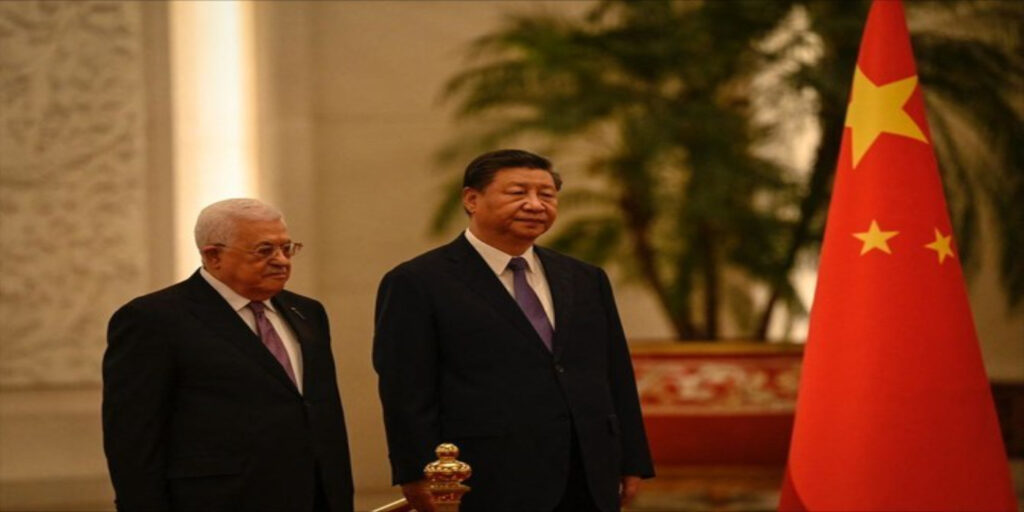It is important to examine China’s policy toward the Middle East, which has been shown to be successful and productive for several key reasons.
First of all, China’s Middle East policy is multidimensional, with its first facet composed of putting a significant emphasis on diplomacy. This policy is strengthening Beijing’s soft power in the region and increasing its engagement and footprints in the Middle East, specifically in the Gulf region, and first and foremost toward Saudi Arabia and the UAE.
A core pillar of China’s diplomatic role in the Middle East is maintaining and promoting peace and stability by preventing conflicts and tensions from spiraling out of control and leading to full-fledged war.
China is also attempting to project itself as a global peacemaker, which will definitely enhance its legitimacy, prestige and status on the international level. Foreign Minister Qin Gang in April declared that China is prepared to broker peace talks between Israel and Palestine with the aim of finding a resolution to their long-standing conflict. “China is willing to strengthen coordination and cooperation with Palestine to promote an early, comprehensive, just and lasting solution to the Palestine issue,” Chinese President Xi Jinping told Palestinian leader Mahmoud Abbas during the latter’s visit to China in June.
Beijing has also become one of the first countries to be engaged in the reconstruction of Syria. It hopes to bring peace and stability to the Arab state after a memorandum of understanding was signed last year between the Chinese ambassador and the head of the Syrian National Council. Syria is another Middle Eastern nation that recently joined China’s Belt and Road Initiative.
China’s emphasis on soft power, rather than employing coercion and hard power, is part of its broader Belt and Road Initiative, which is a global investment strategy that is improving the infrastructure of more than 150 countries. This critical project was incorporated into the Constitution of the Chinese Communist Party in 2017.
The Belt and Road Initiative has two parts: the Silk Road Economic Belt and the 21st Century Maritime Silk Road. The key objective of the initiative is to construct “a unified large market and make full use of both international and domestic markets, through cultural exchange and integration, to enhance mutual understanding and trust of member nations, ending up in an innovative pattern with capital inflows, talent pool, and technology database.”
Any conflict between countries in the Middle East has the potential to ignite a regional conflagration, which will not serve the interests of China or the nations of the region.
Source : Arab News


